경기도미술관
Korean Independence Activists of Gyeonggi-do
2015-08-12 ~ 2016-05-30 / Korea under the Japanese Colonial Rule and the Korean Independence Movement
It was in 1876 that Imperial Japan used its military force to open seaports of Korea (then Joseon) and in February 1904 started the Russo-Japanese War. Japan again relied on its military might to coerce Korea (then Korean Empire) to sign the Korea-Japan Protocol by which it was allowed to use Korean land and facilities during the war against Russia and intervene in the domestic affairs of Korea. As the war ended with the Japan’s victory, it won recognition from some of the world’s leading powers regarding its sphere of influence in Korea, resulting in the coerced Japan–Korea Treaty of 1905 which was signed in November of that year. With the treaty, Japan took the Korea’s diplomatic sovereignty, leaving the Korean administration dominated by Japanese Resident-Generals. The Korean Empire began fast losing its sovereignty to become a Japanese colony.
The Korean people responded quickly to the turmoil, trying to restore the sovereignty of their country via armed struggles by righteous armies participated by Confucian scholars and farmers and the ‘public enlightenment movements’ initiated by reformist intellectuals. Emperor Gojong dispatched his secret agents to The Hague to inform the world of the Japan’s imperialist invasion of Korea. The Japanese imperialists were displeased at the situation and severely oppressed all the anti-Japanese movements in Korea. They deposed Emperor Gojong by force, disbanded the Korean government army and, in August 1910, completed its plan to colonize Korea via the Japan-Korea Annexation Treaty (remembered in Korea as Gyeongsul Gukchi, or “The Humiliation of the Nation in the Year of the Dog”).
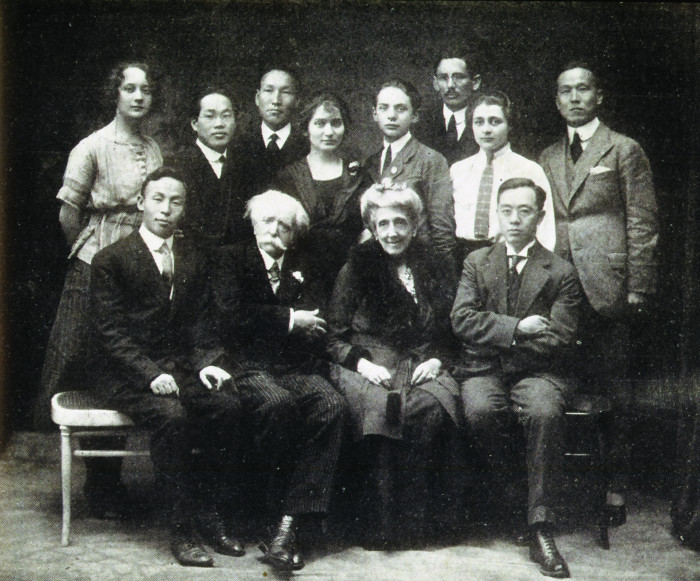
1919, Photo of Paris Peace Conference delegation, Jo So Ang, the third from the left in the back row.
The struggles of Korean people to recover their national sovereignty developed to more organized movements. Righteous army leaders and reformist intellectuals set up overseas bases for the Korean independence movement, and trained soldiers in different parts outside Korea for the armed struggles against Japan. The March First Movement in 1919 provided a firm base for the great solidarity among the entire Korean nation and greater impact for the independence movement to be ensued, finally leading to the foundation of the Republic of Korea with its provisional government established in Shanghai, China which would orchestrate all the struggles in and outside Korea. The armed struggles such as the Battle of Bongodong and the Great Victory of Cheongsalli staged in Manchuria and various patriotic activities conducted in the country. The independent fighters sometime underwent conflicts over the direction of their movement, but never gave up their effort to restore the sovereignty and independence of their fatherland.
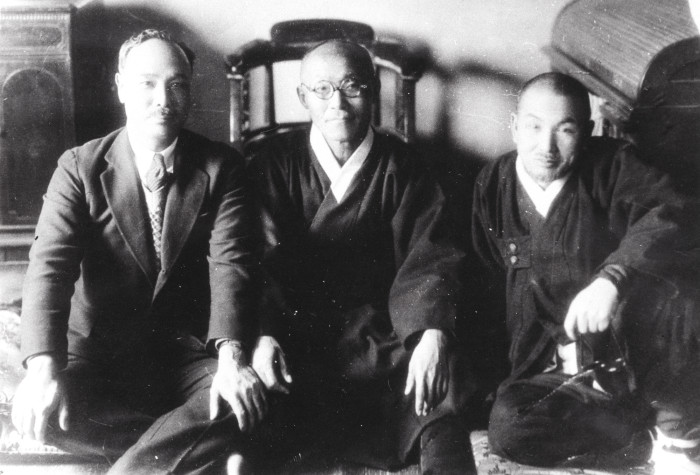
1935, Lyuh Woon-hyung with Ahn Chang-ho and Jo Man-sik
The heroic actions taken by Yi Bong-chang and Yun Bong-gil in 1932 became the sparks of anti-Japanese struggle among the Korean people and made a strong impression upon the Chinese people who were also suffering from the Japanese imperialist intrusions. The outbreak of the Second World War led the Provisional Government of the Republic of Korea to foster the hope of recovering the Korean independence earlier than they expected and provided fresh energy to the effort to restore the national sovereignty and independence. The government now settled in Chongqing established the Korean Liberation Army and reorganized its structure to better adapt the government to the changed situation and elected Kim Gu (1876-1949) as the head of the government. The Korean Liberation Army participated, together with the KMT’s National Revolutionary Army, into the Pacific War on the Allied side. The Korean army also joined the Office of Strategic Services (OSS), a wartime intelligence agency of the United States to prepare for the entry into the Korean land. As the fall of Imperial Japan neared, Korean independence fighters prepared themselves for the establishment of the independent Korean nation following the liberation from the Japanese colonial rule.
Landscape of exhibition

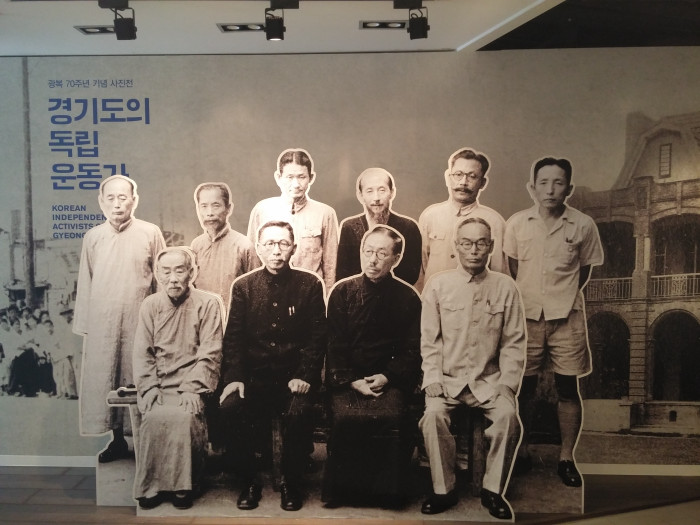
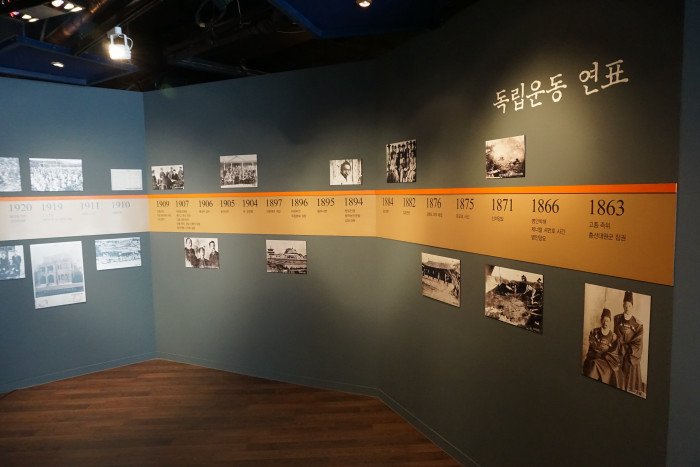
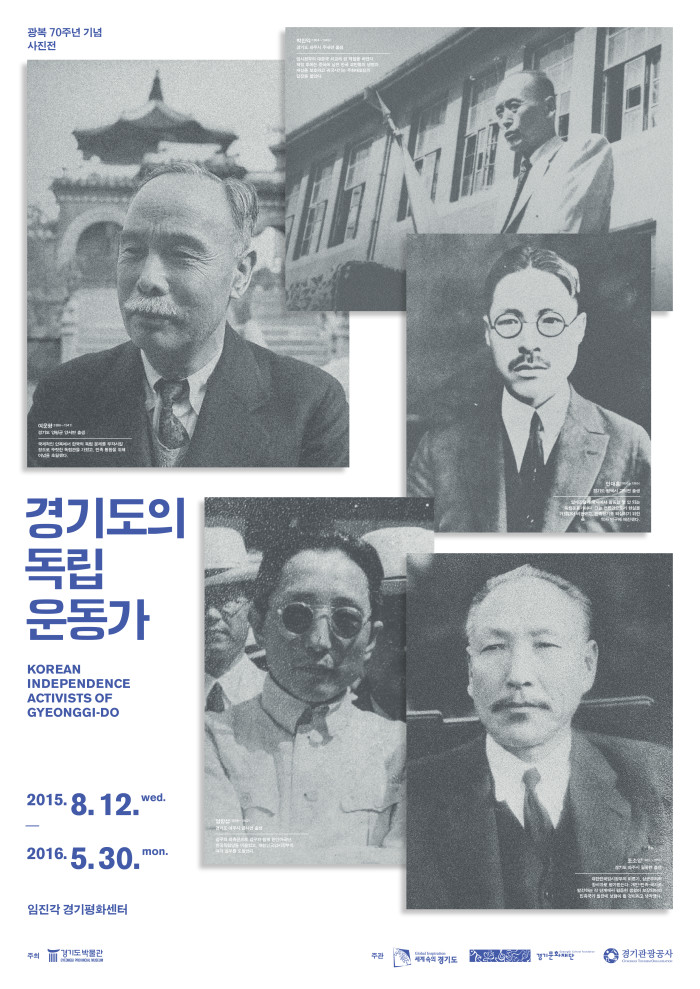
<ggc의 모든 콘텐츠는 저작권법의 보호를 받습니다.>
세부정보
Korean Independence Activists of Gyeonggi-do
Period/ 2015. 08. 12 ~ 2016. 05. 30
Venue/ Paju Imjingak peace center
Hosted by/ Gyeonggi Provincial Museum
Organized by/ Gyeonggi-do, Gyeonggi Cult0ural Foundation, Gyeonggi Tourism Organization
#태그
- 글쓴이
- 경기도미술관
- 자기소개
- 경기도미술관은 경기도가 지원하고 경기문화재단이 운영하는 도립미술관으로서, 조사와 연구를 바탕으로 한 현대미술작품의 수집, 동시대적이고 창의적인 기획전, 그리고 관람객과 경기도민을 위한 다양한 교육 프로그램을 기획, 운영하는 미술관입니다.